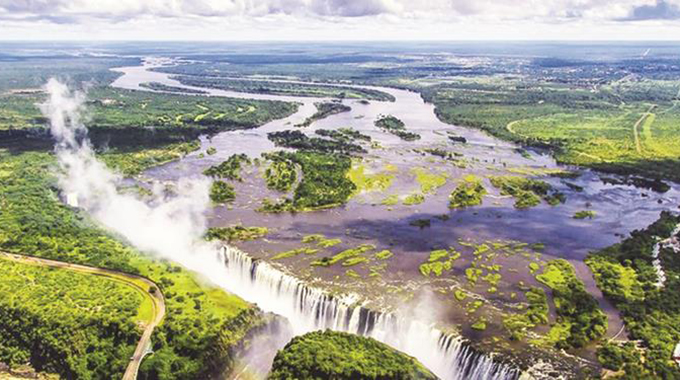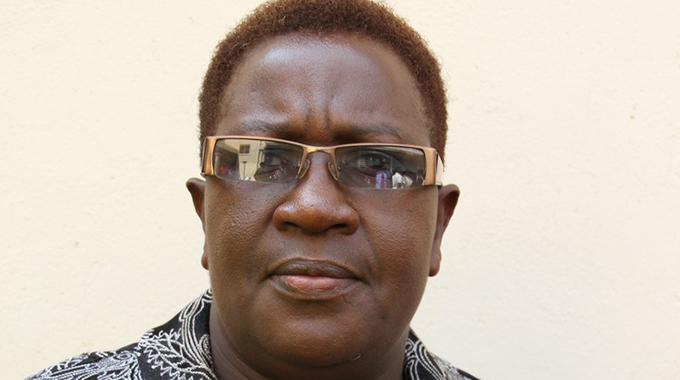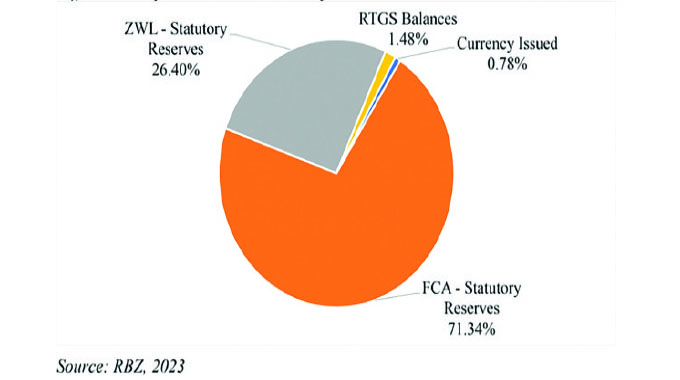Victoria Falls is not dry, climate change taking toll

Jeffrey Gogo
“Facts have no feelings.” That’s a quote by flamboyant churchman Uebert Angel. It’s a quote that has made a lot of sense to Elisha Moyo in recent days — and perhaps to everyone else who has not allowed emotion to takeover fact in the aftermath of Stephen Sackur’s documentary on the Victoria Falls.
The film has generated immense debate – much of it emotional – in Zimbabwe, with allegations that BBC Hardtalk anchor Sackur reported fiction, after he claimed the Victoria Falls had dried up.
Similarly, Elisha Moyo, principal climate change researcher in the Ministry of Climate, who appeared on the BBC programme, became the fall guy for his expert opinion on the declining state of the World Wonder..
A local group calling itself “Team Tourism” has now emerged, ostensibly to set the record straight. The group is made up of State tourism officials, tour operators and other like-minded entities. Through the campaign #VictoriaFallsIsNotDry, Team Tourism’s aim is to reject Sackur’s “lies” by projecting a business as usual situation at the waterfall.
Noble venture when looked at from the tourism perspective, and if, indeed, it were at all true, that the BBC programme and Elisha Moyo described the Victoria Falls as dry. Such disinformation would be catastrophic to Zimbabwe’s tourism industry, which is essentially built on the world famous waterfall.
So, what dies the science say? It says the Victoria Falls are not what they used to be 60 years ago. Flow has dramatically reduced — meaning large parts of the waterfall will completely dry up in some months of the year for longer.
In 1957, more than 8 700 cubic metres of water splashed down the gorges at the Victoria Falls each second, according to professor Godwell Nhamo, a Zimbabwean researcher with the University of South Africa, who co-authored a study on the impacts of climate change on the Victoria Falls in 2918.
Today, the annual flow averages 1 000 cubic metres per second. Scientists blame the decline on rising temperatures and frequent droughts caused by climate change. For example, the Victoria Falls has been hit by drought in 19 of the 40 years since 1976, according to the study.
Although precipitation is up 80mm over the four decades overall, it has declined sharply in the last 20 years. During this period, droughts have sometimes extended for up to four years non-stop, it says.
October, which marks the beginning of the rainy season in Zimbabwe, has particularly been the driest. Precipitation during the month has completely dried up. In 1976, about 40mm of rain fell in October in Victoria Falls. Today, none does at all.
The study finds that since 1976 day-time temperatures in the Victoria Falls have risen 1,4 degrees Celsius, on average, due to climate change. The greatest month-on-month increase was noticed in October, a rise of 3,8 degrees Celsius, which is faster than the national average.
Temperatures have warmed by under one degree Celsius across Zimbabwe in the past 100 years.
Falls not dry, climate change reality
Moyo’s primary interest is climate science. And science is knowing. He’s probably little concerned about common sense because that’s just guessing. So when he made his comment on the BBC documentary, which aired some days ago, that the Victoria Falls were in the grip of climate change-induced reduced waterflow, he was making a qualified, science-based comment.
Team Tourism campaigners like Shingi Munyeza and Busisa Moyo argue: “The falls are not dry, climate change is a reality.” It is a curious statement: on the one hand acknowledging the existence of climate change, and therefore its attendant impacts on the water sector, while on the other denying the damage that the science has had and will continue to have on the waterfall.
You cannot continue to dismiss the projected future impacts of climate change on water in rivers like the Zambezi, and therefore, by extension, the Victoria Falls, as speculation, as some campaigners are now wont to do. Campaigners have admitted “climate change is a reality”, by the same token, they’re expected to give credence to scientific models when they forecast fresh water sources will lose their water by between 20 and 30 percent by 2050 due to global warming.
Team Tourism’s primary motivation is to protect their tourism business interests. They’re concerned “bad publicity” on the Victoria Falls will force tourists to stay away at a time the country is keen to keep the numbers rising. So, they have taken on the short-sighted narrative of the falls’ seasonal nature, as the main reason for the reduced waterflow and the bare rock that Sackur reported about. It is astounding ignorance, Elisha Moyo says.
Firstly, because climate change is long-term in nature. It could be decades before its negative effects start to show (as in confirmed as truly the effects of climate change) on a particular sector. Secondly, because it shows a dangerous lack of climate change planning, education and understanding within the tourism sector, as well as among Zimbabwe’s so-called elites.
“The confusion generated by the issue of Victoria Falls BBC report on effects of climate change on the water levels shows the level of ignorance the country has on climate change impacts, risks and possible climate change management strategies,” Moyo thundered in a Facebook post last week.
“Unfortunately, some ‘opinion leaders’ and tour operators as well as self-proclaimed ambassadors are seeing it as a political issue and bad publicity. Instead of using the brief report to close the huge information gap and being ‘educated’ on the observed changes/trends, projected changes, past/projected impacts and possible management strategies, some notable personalities have chosen to bury their heads in the sand,” he continued.
Moyo said: “Climate change is . . . causing our rainfall to be erratic. That coupled with a projected increase in temperature and increased water abstractions upstream make a dry Victoria Falls a real possibility some day. This has happened with other rivers, so it’s not new.”
In the BBC report, Moyo never stated that the waterfall was dry. He gave the facts supporting the declining water discharge as a result of a succession of droughts triggered by climate change. He forecast that the possibility of the falls drying up some day in the future remains a reality, particularly because scientific models expect climates in Africa to warm and dry up much quicker than the global average by 2100.
Because “facts have no feelings”, the fact is that the Victoria Falls isn’t disappearing tomorrow. It may be another millennia before that happens, if at all. But climate change is taking a toll, and the next best time to visit the falls for a full spray may just be limited to April and May, researchers say. Historically, the peak full spray viewing period ran between March and May.
God is faithful.








Comments